Experiencing the backgroundTaskHost.exe error on Windows 11 can be quite unsettling, especially when it interrupts your regular workflow or causes applications to crash unexpectedly. Since this process is vital for the operating system's functionality, it's important to resolve the issue promptly to prevent further system instability or potential damage to your system files. Below are several methods you can use to fix this error and get your system running smoothly again.
Run SFC and DISM Scans Using Command Prompt
Step 1: Open the Start Menu and type Command Prompt into the search bar. When the search results appear, right-click on the Command Prompt app and select Run as administrator to open it with administrative privileges.

Step 2: If prompted by the User Account Control (UAC), click Yes to allow the app to make changes to your device. If you're not logged in as an administrator, you'll need to enter administrative credentials.
Step 3: In the Command Prompt window, type or paste the following command and press Enter to run the Deployment Image Servicing and Management (DISM) tool, which will repair the system image:
DISM /Online /Cleanup-Image /RestoreHealth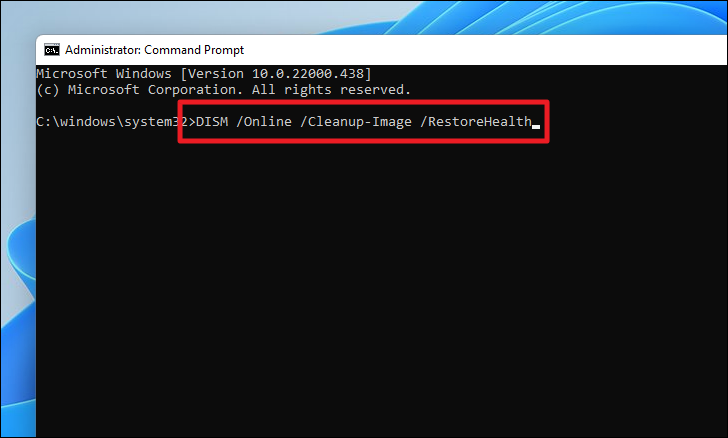
Note: This command requires an active internet connection as it downloads necessary files from Microsoft's servers.
Step 4: Wait patiently while the DISM tool scans and repairs the system image. The process may take several minutes and can appear to stall at times, but this is normal behavior.
Step 5: Once the DISM scan is complete, type or paste the following command and press Enter to run the System File Checker (SFC), which will scan for corrupted system files and repair them using the healthy files from the system image:
SFC /scannow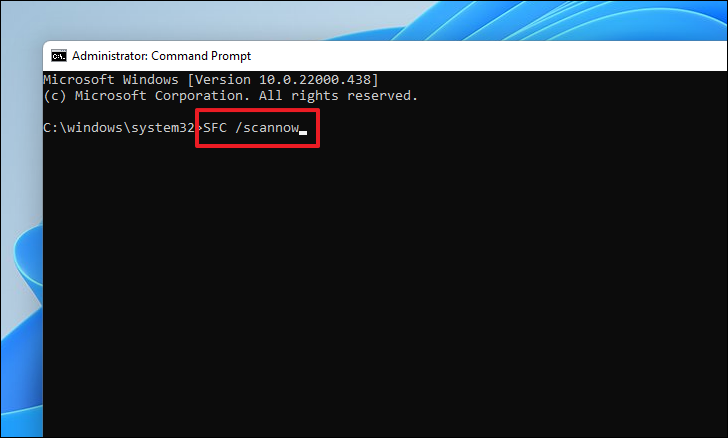
Step 6: After the SFC scan completes, close the Command Prompt and restart your computer. Check if the backgroundTaskHost.exe error still occurs. If it does, proceed to the next method.
Roll Back to a System Restore Point
If you suspect that a recent software update or a new application is causing the error, you can restore your system to a previous state before the issue began.
Step 1: Press Windows + R on your keyboard to open the Run dialog box. Type control and press Enter to launch the Control Panel.
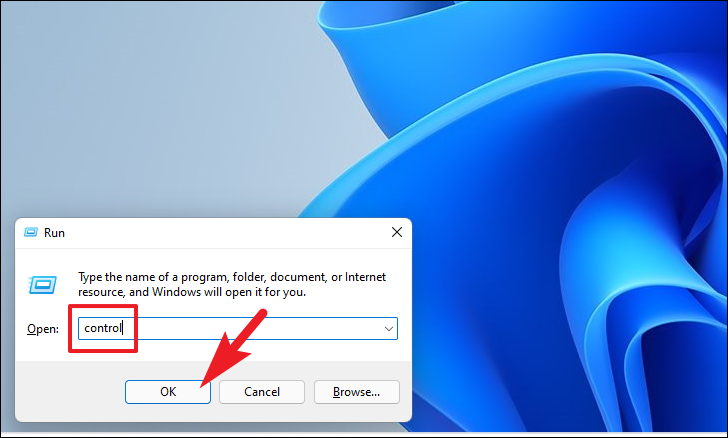
Step 2: In the Control Panel, locate and click on the Recovery option.

Step 3: Click on Open System Restore to launch the System Restore wizard.
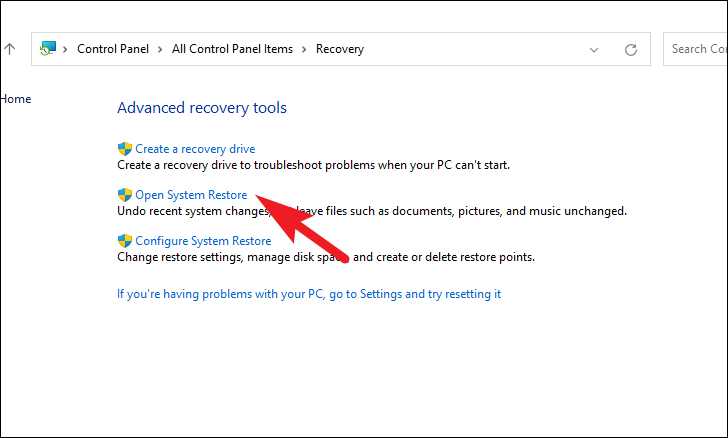
Step 4: In the System Restore window, click Next to view available restore points.
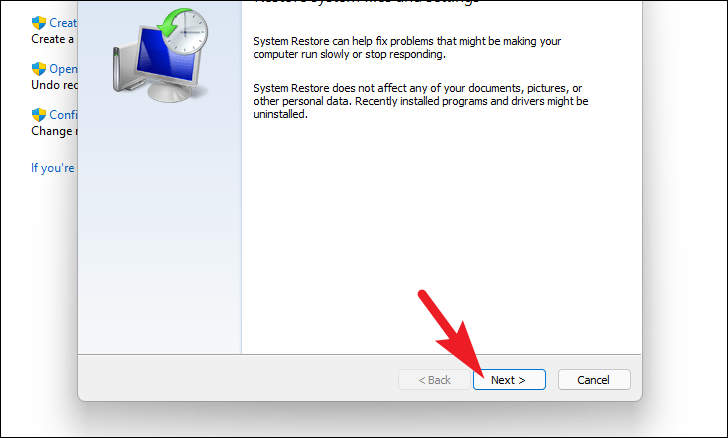
Step 5: Select a restore point from the list that predates the onset of the error. Click Next to continue.
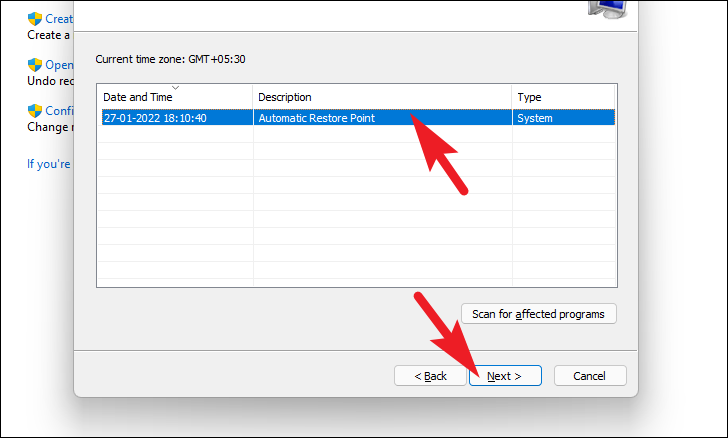
Step 6: To see which programs and drivers will be affected, click on Scan for affected programs. Review the list, then click Close.
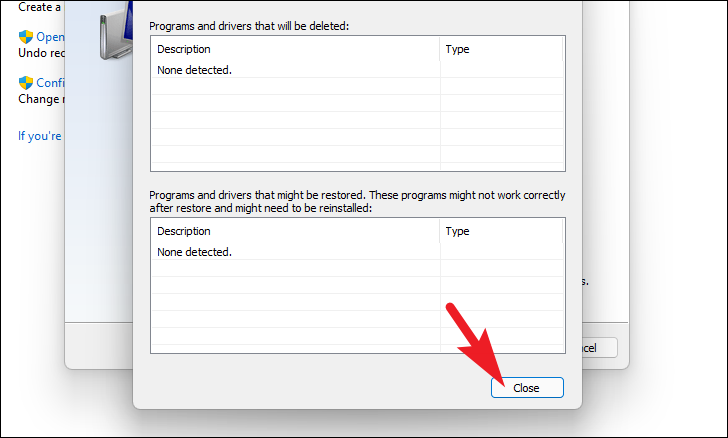
Step 7: Click Finish to begin the restoration process. Your computer will restart automatically to apply the changes.

After your system has been restored, check to see if the error persists. If it does, you might need to consider resetting your PC.
Reset Your Windows 11 PC
If other methods haven't resolved the issue, resetting your PC can help by reinstalling Windows while keeping your personal files intact.
Step 1: Open the Settings app by clicking on the Start Menu and selecting Settings from the pinned apps or by searching for it.

Step 2: In Settings, ensure you're in the System tab on the left sidebar.
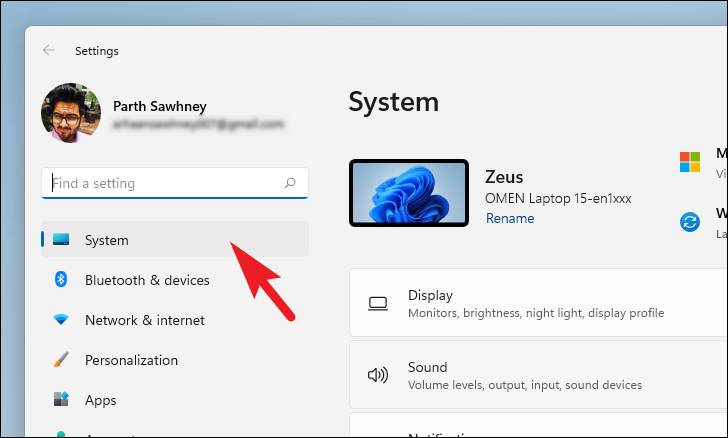
Step 3: Scroll down on the right pane and click on Recovery.
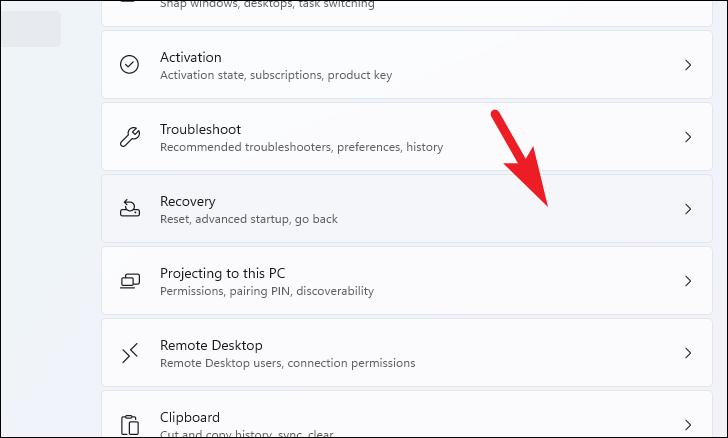
Step 4: Under Recovery options, find the Reset this PC section and click on the Reset PC button.

Step 5: In the Reset this PC window, choose Keep my files to reinstall Windows without losing your personal data.

Note: You won't need any external installation media for this process.
Step 6: Choose between Cloud download and Local reinstall. Selecting Cloud download is recommended for a fresh copy of Windows from Microsoft's servers, although it requires an internet connection.

Step 7: Review the current reset settings. If you wish to change any of them, click on Change settings. You can alter options such as Clean data and Delete files from all drives depending on your preferences.

Step 8: After adjusting the settings, click Confirm to proceed.
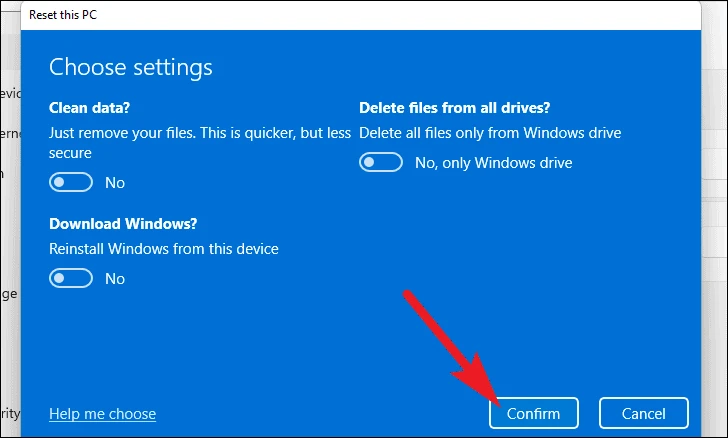
Step 9: Click Next to continue. The system may take some time to prepare for the reset.
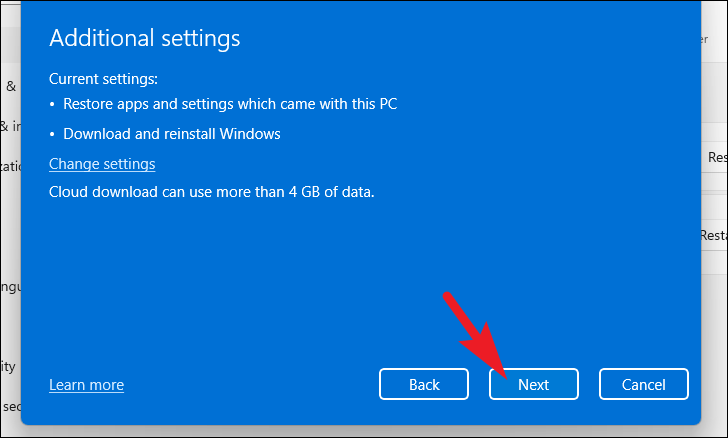
Step 10: Review the information on the final screen, which outlines what will happen during the reset. Click Reset to begin the process.
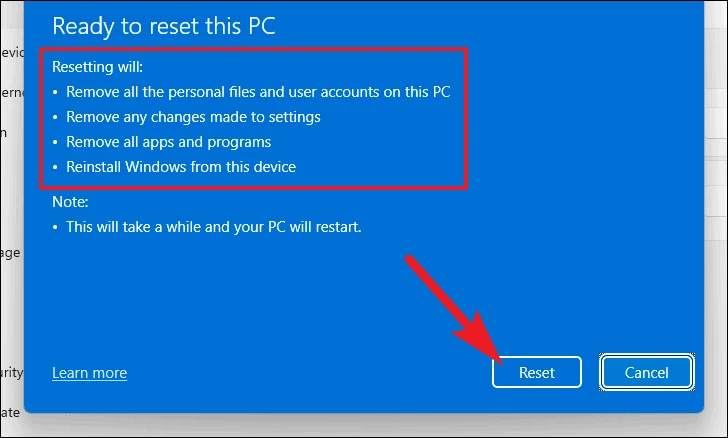
Your computer will restart several times during the reset. This process can take a while, so ensure your laptop is plugged in or your desktop won't lose power during this time.
By following these methods, you should be able to resolve the backgroundTaskHost.exe error on your Windows 11 PC and restore it to proper working condition.






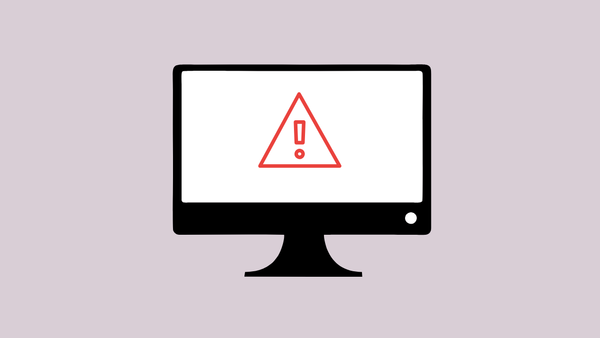
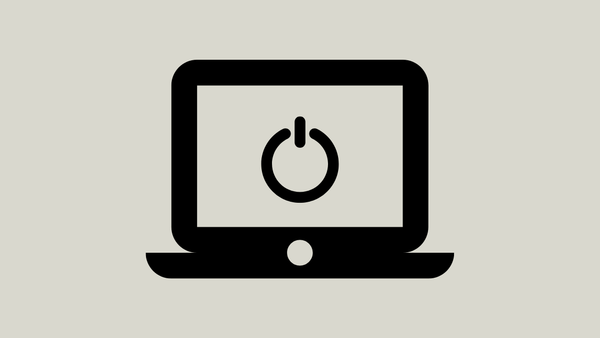
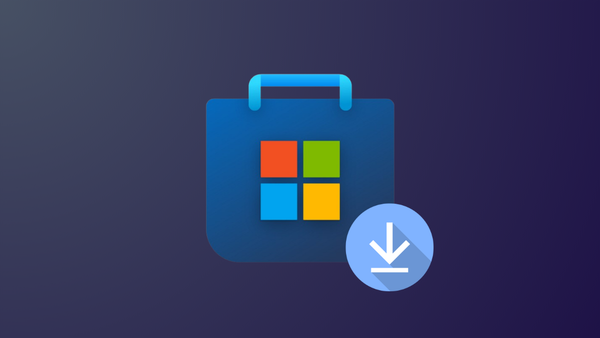


Member discussion